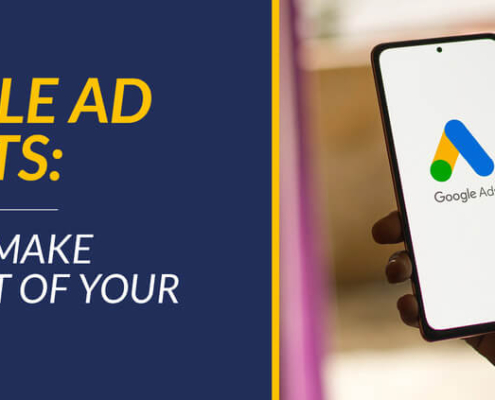
Google Ad Grants: How to Make The Most of Your Free Ads
Imagine having $10,000 each month to get your nonprofit in front…

Need Google Grants Keywords? Here’s Your Roadmap to Success
Your Google Ads have the power to connect you with motivated…

Matching Gift Best Practices: Raise More for Your Nonprofit
As a nonprofit professional, you likely already know the basics…

Top 7 Nonprofit Marketing Blogs You Should Bookmark and Why
Staying in touch with nonprofit industry trends, new software…

Marketing Your Nonprofit’s Silent Auction: 5 Strategies
Silent auctions are one of the most popular nonprofit fundraising…